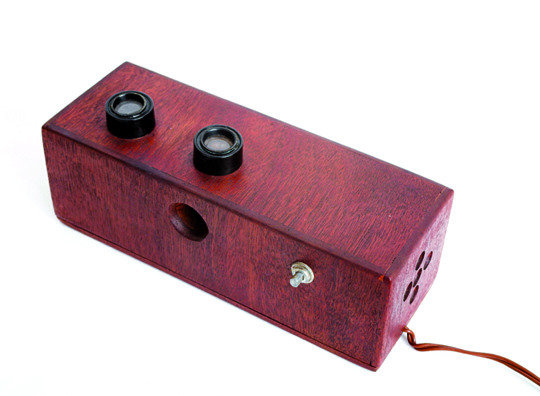Jean Dupuy
dal 18/1/2012 al 9/3/2012
Segnalato da
18/1/2012
Jean Dupuy
Galerie Loevenbruck, Paris
These "Four million three hundred and twenty thousand seconds" correspond to the exact duration of Dupuy's gallery show, from the opening to the closure, but are also the time in which some of the technological experiments on dispaly undergo their own revolution.

In 1967, after a good decade of services to gestural painting, Jean Dupuy left Paris
and the School of Paris for New York. A very different atmosphere. There he was gif-
ted 180 sheets of polyethylene measuring 200 x 90 x 0.6 cm by the Celanese Corpo-
ration. He kept them in his studio, where they doggedly gathered dust, even though
he wiped them clean every evening.
He therefore decided to work with the dust it-
self, not by stocking and “breeding” it, but by restoring its lightness and mobility. He
conceived a box in which an extremely low-density red pigment (Lithol Rubin) was
shaken by the heartbeats of the visitor, who as at once the actor and observe of the
piece. This Cone Pyramid (Heart beats dust) won the 1968 Experiments in Art and
Technology prize organised by Billy Klüver and Robert Rauschenberg. This in turn
led to a presentation of the work at the Brooklyn Museum and, simultaneously, of a
second version at MoMA in The Machine as Seen at the End of the Mechanical Age,
the now legendary show organised there by Pontus Hulten .
And so it was that Jean Dupuy’s technological experiments got off to a spectacular
start. These 4,320,000 seconds (Four million three hundred and twenty thousand
seconds) correspond to the exact duration of his gallery show, from the opening to
the closure, but are also the time in which some of these works undergo their own
revolution. Observers who use his 180 degrees telescope (1972) see only their own
eye. With the 90 degrees version (1972), they see their feet. As for The Printing Table
(1974-1984), it involves users gradually imprinting the traces of their forehead and
nose on a sheet of paper. In Leo’s Clock (1982), the hands move anticlockwise over
a drawing by Leonardo da Vinci representing a perpetual motion device. Finally, in a
Concert of Seconds (2011), a score of small clock movements are fitted with ampli-
fiers that transform their sound into a veritable symphony of passing time.
Each machine is accompanied by a text in the form of an anagram, at once a guide
to use and a loss of meaning. The reader reads and enters a rich imaginary element.
The colour codes and letters become autonomous by forming their own interpreta-
tive logic, known only to the artist. For 31,450 days (that is, about 2,717,280,000 se-
conds), starting on his day of birth, and from there to the opening of this exhibition,
Jean Dupuy has been observing time, stretching and diluting it. And both are very
happy with the arrangement.
Eric Mangion, director of the Centre National d’Art Contemporain de la Villa Arson, Nice
Opening Thursday, January the 19th, 6-9 p.m
Galerie Loevenbruck
6, rue Jacques Callot - Paris
Opening hours : Tues-Sat, 11 a.m. - 7 p.m. and by appointment
Free admission



